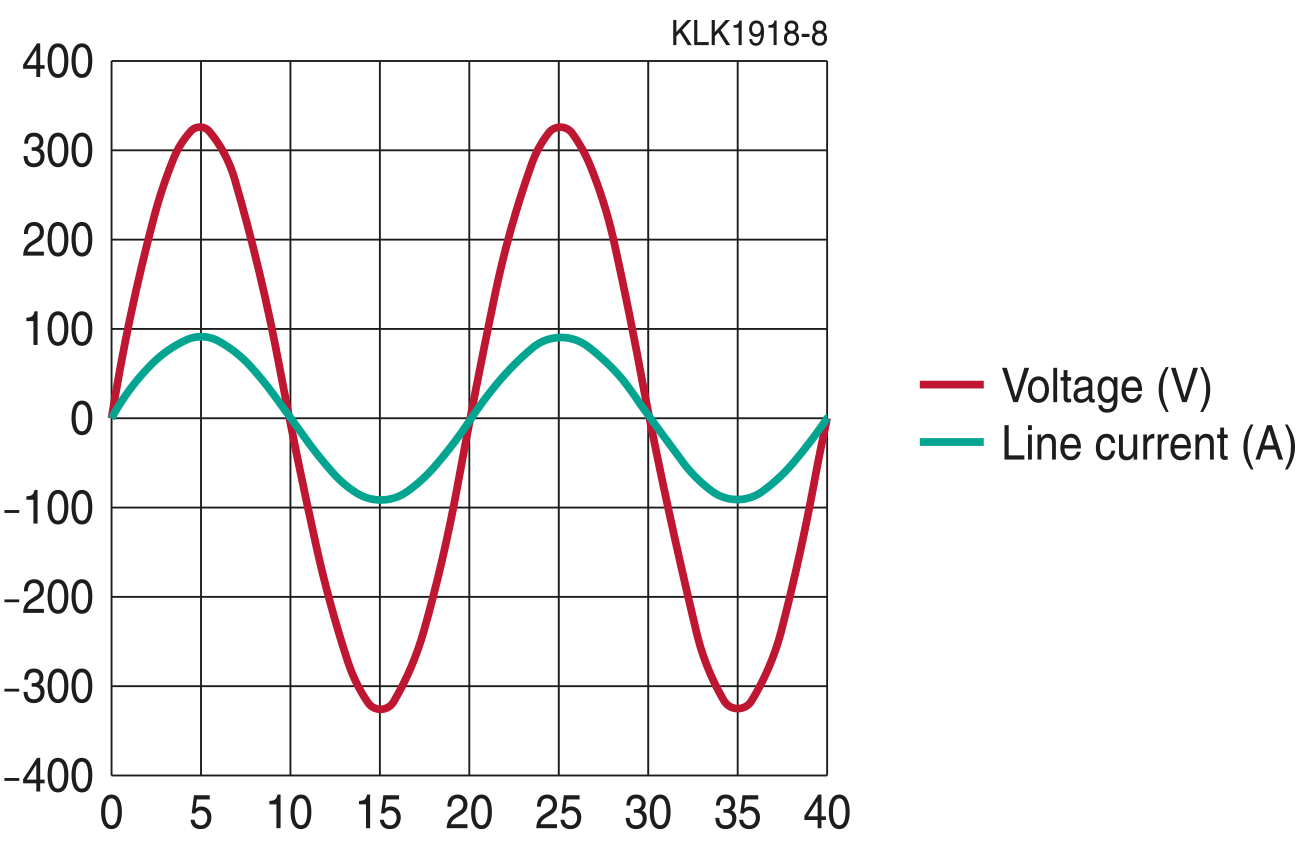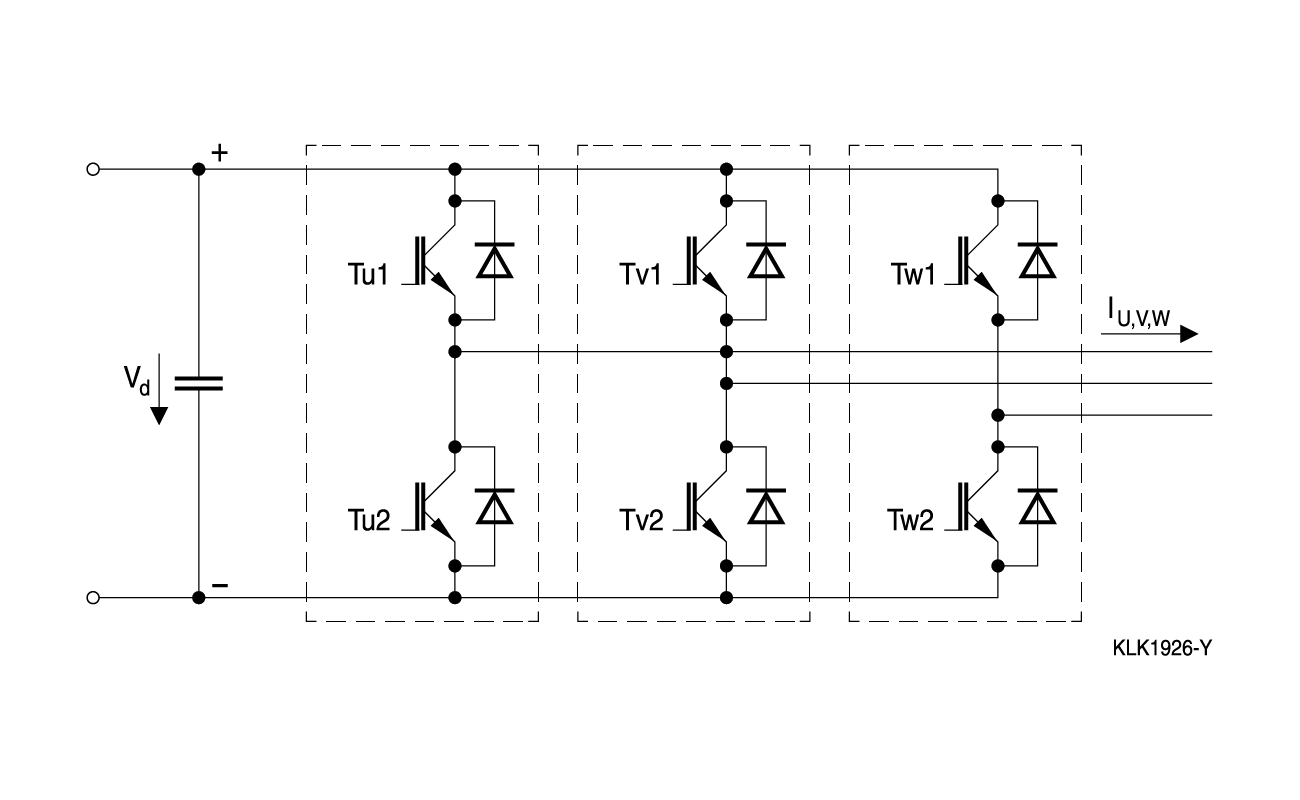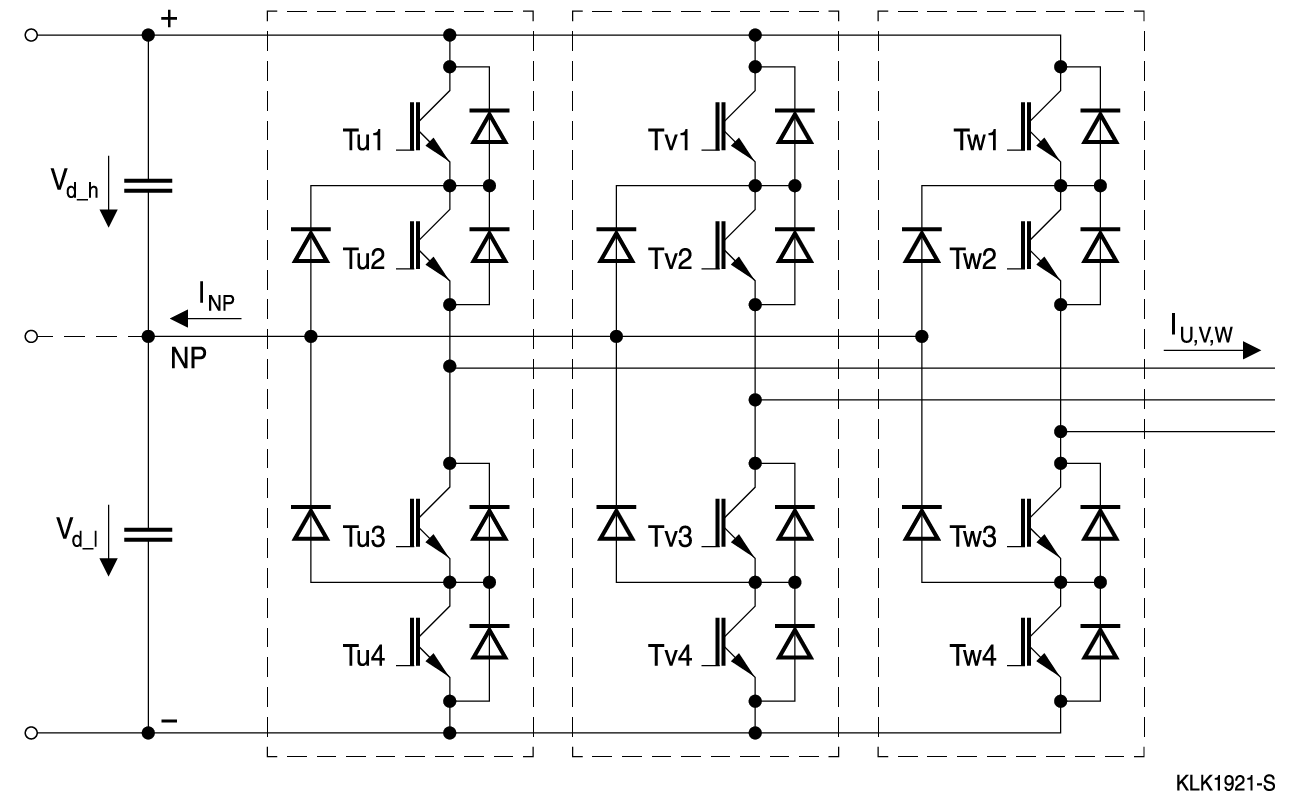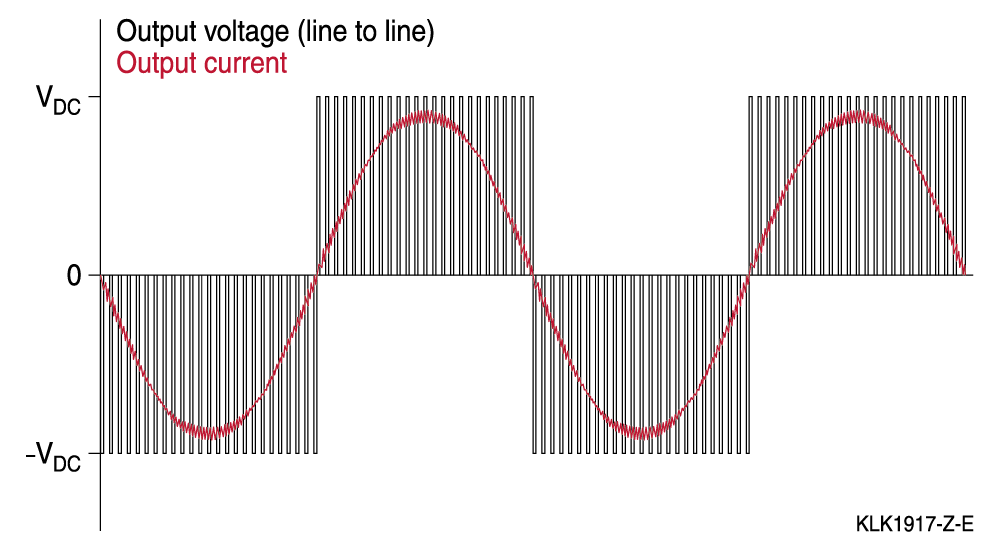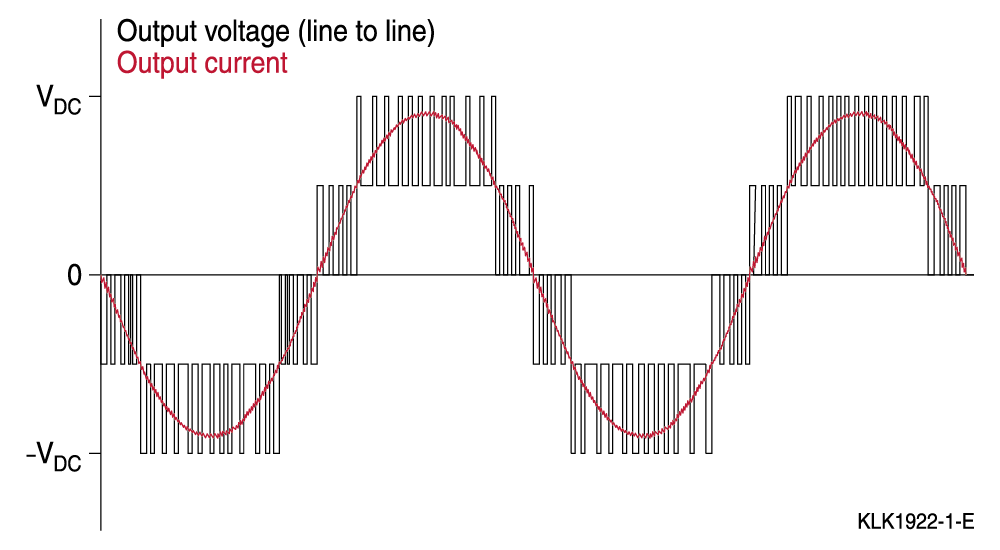The cleaner the grid, the greater the benefit
EPCOS active harmonic filters and power optimizers help to eliminate harmonic pollution from the grid, reduce power quality problems and use energy more efficiently and reliably.
Overview
The PQSine S series is an active harmonic filter system designed to eliminate harmonic oscillations and consequently reduce costs. PQSine S series monitors the current signal and compensates the unwanted elements of the measured current. Thus, the filter ensures harmonic suppression independently of the number of loads. It also corrects the power factor, improving the system efficiency while reducing harmonic pollution.
PQSine at a glance:
Features
- Harmonic compensation up to 50th harmonic
- Ultra-fast reactive power compensation (inductive and capacitive)
- Load balancing between phases and unloaded neutral wire
- Compact design
- Modular system extendable from 25 A to 600 A
- Grid resonance detection
- Advanced digital control algorithm
- Ethernet and MODBUS inferace
- User-friendly menu operation
- High performance and reliability
- Simple installation
Typical applications
Fast current harmonics and reactive power suppression e.g. for:
- Data centers
- UPS systems
- Green power generation (e.g. photovoltaics and wind turbines)
- Sensitive equipment manufacturing (e.g. silicon wafer production, semiconductor production)
- Industrial production machines
- Electrical welding systems
- Plastic industry machinery (extruders, injection molders)
- Office buildings and shopping centers 3rd and triple harmonic cancellation and neutral conductor unloading)
Safety features
- Highest safety and reliability
- Overload protection
- Internal short-circuit protectionOverheating protection
- Overvoltage and undervoltage protection
- Inverter bridge protection
- Resonance protection
- Fan fault alarm
Technical Data
Technical data and specifications | |||||
|---|---|---|---|---|---|
Rated voltage (range) | 200 V | 400 V | 480 V | 600 V | 690 V |
Mains frequency | 50/60Hz (range: 45 ... 65 Hz) | ||||
Individual module capacity | 25, 35, 50, 60, 75, 100, 150 A | 50, 75, 90, 100 A | |||
Neutral filtering capability | 3 times the rated filter current (in case of 4 wire device) | ||||
Harmonic current compensation range | 2nd to 50th harmonic order, or specified harmonics 0 to 110% | ||||
Rate of harmonic reduction | > 97% *) | ||||
Typical power losses | < 3% (depending of the load) | ||||
Target power factor | Adjustable from -1 to 1 | ||||
Switching frequency | 20 kHz / 20 kHz | ||||
Reaction time | Approx. 50 μs | ||||
Overall response time | < 5 ms | ||||
Harmonic compensation | Available | ||||
Reactive power compensation | Available | ||||
Unbalance compensation | Available | ||||
Display | All floor / wall mounted systems includes a 7' inch / 4.3' inch HMI TFT color control and display unit (touch screen) | ||||
Communication ports | RS485 and network port (RJ45) | ||||
Communication protocols | Modbus (RTU), TCP/IP (Ethernet) | ||||
Fault alarm | Available, max. 500 alarm records | ||||
Noise level | < 56 dB upto 100 A, < 65 dB for 150 A | < 65 dB (depending on the model) | |||
Protection functions | Overvoltage, undervoltage, short-circuit, inverter bridge inverse, overcompensation | ||||
Ambient conditions | -10 to +40 °C (higher temperatures with derating) | ||||
Relative humidity | 5 to 95%, non-condensation | ||||
Cooling | 75, 151, 222, 336, 360 L/sec (25-35, 50-60, 75-100, 150 A) | 359 L/sec | |||
Protection class | IP20 according to IEC 529 (customizable) | ||||
Panel color | RAL7035 light grey | ||||
Altitude | 1500; Between 1500 m to 4000 m, according to GB/T3859.2, the power decreases by 1% for every additional 100 m | ||||
Qualifications | CE, IEEE 61000 | CE, ETL (UL 508 and CSA C22.2 # 2014), IEEE 61000 | |||
Compliance with standards | IEEE 519, ER G5/4 | ||||
*) For typical harmonic order distortions
Advantages
Advantages of AHF PQSine S series three-level NPC topology
The AHF PQSine S Series range operates on the basis of a three-level Neutral-Point-Clamped (NPC) topology circuit. As can be seen from the diagrams below, the conventional two-level circuit configuration consists of 6 IGBTs (two IGBT power devices in each phase leg and current path). In case of a three-level topology, the circuit configuration consists of 12 IGBTs (four IGBT power devices in each phase leg and current path).
The three-level NPC circuit can produce three voltage levels at the output: the DC bus plus voltage, zero voltage and DC bus negative voltage. The two-level topology can only connect the output to either the plus bus or the negative bus. It also ensures higher quality and better harmonics of the line-to- line output voltage, thus reducing the output filter requirement and the associated costs.
Main advantages of the three-level NPC topology are:
- Lower losses: only half of the voltage has to be switched, thus reducing the switching losses in the transistor. Three-level solutions are characterized by reduced circuit losses and higher efficiency, thus supporting energy-saving concepts.
- Smaller output current ripple: the NPC three-level topology has a lower ripple in the output current and half of the output voltage transient thanks to a higher quality output voltage. This improves performance and reduces the internal filter requirement.

